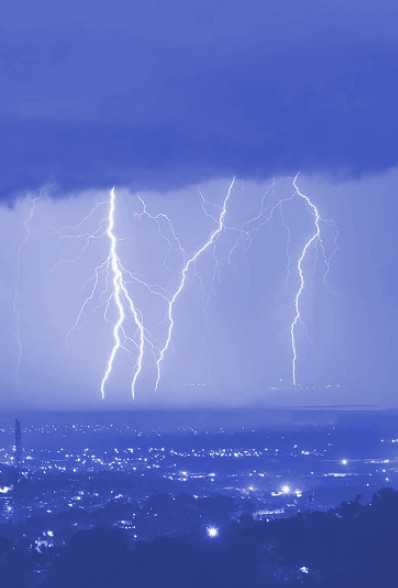Asthma storm inquiry begins
 A coronial inquest has begun reviewing the deaths of 10 people in a thunderstorm asthma event in 2016.
A coronial inquest has begun reviewing the deaths of 10 people in a thunderstorm asthma event in 2016.
University of Melbourne allergy specialist, Professor Jo Douglass, gave detailed evidence in the opening of the inquest this week.
She said victims may have had a greater chance of survival if people around them had noticed the seriousness of their symptoms.
She said there was on average 15 minutes between the victims experiencing severe symptoms and when they entered cardiac arrest.
“If that had been recognised sooner, there would have been time to respond with treatment more likely to be effective,” Professor Douglass told the court.
Melbourne is a hotspot for thunderstorm asthma because of grass that blows in from the northern parts of Victoria.
On a hot, windy November 21 in 2016, the temperature rose to 35 degrees Celsius before thunderstorms rolled in around 5:00pm.
When rye grass pollen swept in from the countryside and became saturated with water, the pollen burst into fine particles, triggering asthma-like symptoms across the city.
By 6:00pm, authorities were inundated by calls for ambulance assistance.
Professor Douglass said “we have one of these events only every three to five years”.
She said she did not think primary medical carers — GPs and pharmacists — knew enough about thunderstorm asthma before that incident.
Professor Douglass said there were some patterns in the patient files, police reports, pathology results and statements from families.
All but one of the victims had been diagnosed with asthma. They were mostly men, with an average age of 36, and were predominantly recent migrants from Asian backgrounds.
Professor Douglass hypothesised they may have developed allergies within three or four years of arriving.
The court also heard eight of the victims may have been hit harder by the storm in Melbourne's north-west, and that socio-economic conditions and access to treatment could have been factors too.
The hearing continues.








 Print
Print